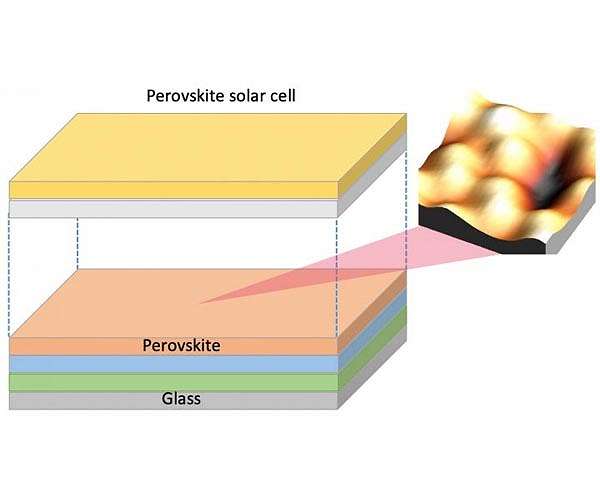Laminated structure increases the interface stability in reverse perovskiet solar cells
A research partner between the Hong Kong University of Science and Technology (HKUST) and the Hong Kong Polytechnic University (Polyu) has led to the development of a laminated microstructure interface that significantly improves the efficiency and stability of reverse perovskiet sun cells.
Perovskiet solar cells are considered strong candidates to follow cells based on silicon between applications such as portable devices, grid systems and space technologies. Their attraction is in their high efficient, low production costs and design flexibility. Under their configurations, reverse perovskiet structures offer improved material stability. However, these devices are still limited due to performance problems with regard to the accumulation of defects on the critical interface between the perovskiet layer and the electron transport layer -based electron transport layer.
Under the leadership of Prof. dr. Zhou Yuanyuan van Hkust’s Department of Chemical and Biological Engineering, and Prof. Cai Songhua from Polyu’s Department of Applied Physics, the team concentrated on the engineering of a new laminated interface. This interface consists of three sequential layers: a molecular passenger layer, a full -and -derived layer and a two -dimensional perovskiet layer. This tripartite structure significantly reduces defective density and improves the energy alignment between layers.
The improved interface results in superior equipment performance and greater durability under circumstances such as long -term exposure to light and high humidity. According to Dr. Guo Pengfei, co-first author and postdoctoral fellow at Hkust, “we have introduced the concept of composite materials in the interface design of opto-electronic devices, making the synergetic effects of each layer possible in this new interface that are unreachable with traditional interface-engineering.”
Prof. Zhou emphasized the importance of understanding material behavior at micro and atomic levels. “Perovskite is a soft grid material. We can create microstructural characteristics in this type of material that are difficult to reach with conventional materials. Our goal is to understand the formation and mechanisms of these microstructures on the nano scale, or even on atomic scale, to stimulate device innovation based on this fundamental understanding.”
Research report:Synthesis of a scheduled laminate-structured perovskiet hetero interface

